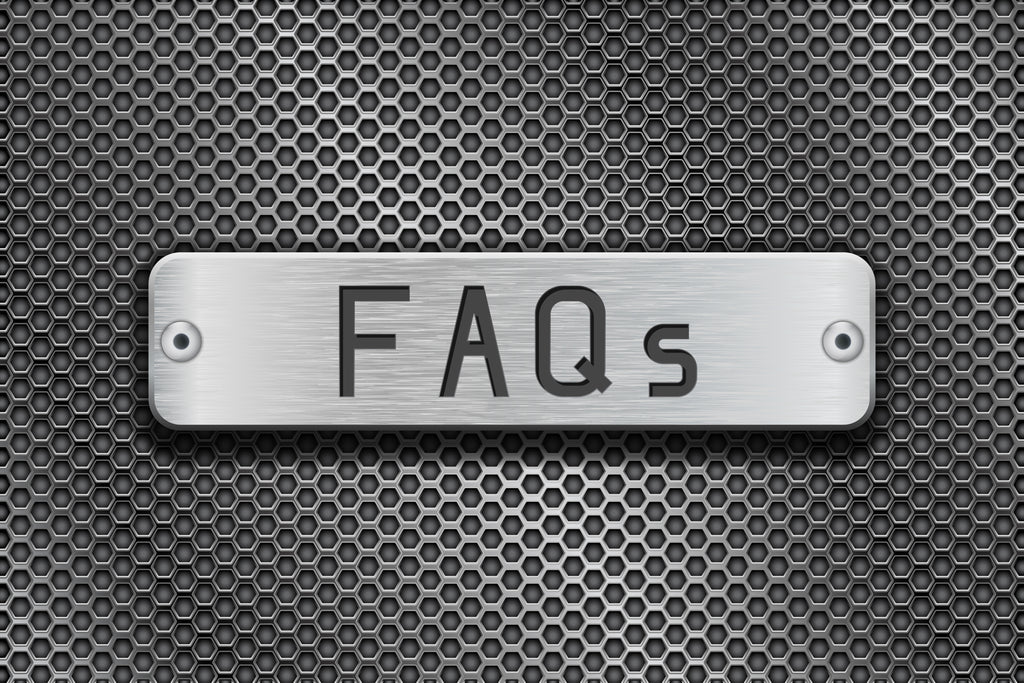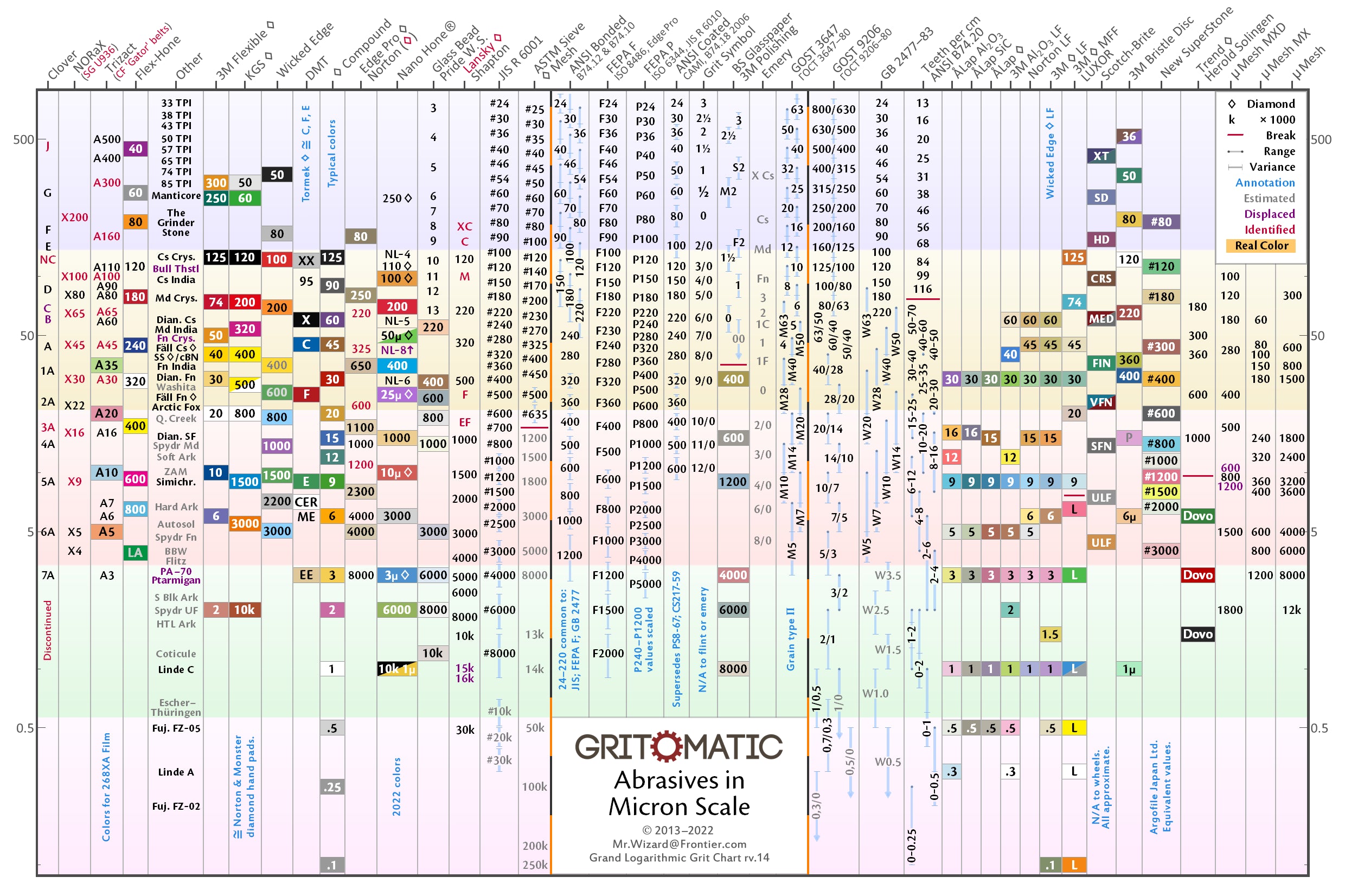FAQ. Why the angle changes when I flip the blade on Hapstone R2?
Posted by KONSTANTIN MARTYNENKO

FAQ. Why the angle changes when I flip the blade on Hapstone R2?
The angle difference is typical for all clamp-based sharpeners. But being typical does not mean you should ignore it. It's good to know what causes it and try to reasonably mitigate it.
The angle difference for a clamped knife can be caused by:
- the sharpener
- improper clamping
- inconsistent factory grind
- undersharpening of one side
Don’t make assumptions. Check it!
Don’t “live with that”. You can make almost zero angle difference if you want.
The sharpener check procedure
It is very important to follow instructions accurately. Set all your knives aside until you finish checking the sharpener. Don't clamp a knife if your intention is to check the sharpener.
Tools required:
1) Metal ruler with metric scale
2) Digital angle gauge
3) Reference plate that you will clamp like a knife. Examples: a caliper (metal part) or empty Edge Pro blank.
Don’t proceed if you don’t have a reference plate. Don’t check empty clamps. Use a metal ruler as the reference plate if you don’t have anything better (just keep an eye on flexing).
Step A. Checking the alignment of the crossbar
- The pedestal and the R2module must be fully secured.
- Tighten the rotary retention thumb.
- Remove all clamps from the crossbar.
- Ensure the crossbar has no wobble.
- Measure inmm the vertical distance between the clamp bar and the base in far left and far right points.

Factory-allowed difference maximum 1mm. If you got more, the rotary unit should be calibrated.
Step B. Checking the alignment of the clamps
- Attach the clamps to the crossbar in the desired position and secure all of them with large thumbscrews. It’s up to you what clamp set to check (individual clamps that are sold in pairs cannot be checked as single-clamp unit).
- Remove all spacer (rear) screws.
- Insert the reference plate in clamps as deep as possible.
- Tighten main (front) screws on all clamps.
- All jaws must be perfectly parallel and be aligned to the reference plate. Use spacer (rear) screws if necessary.
- For each clamp, measure inmm the vertical distance between the reference plate and the table.
- Loose the rotary retention thumb (if necessary) and flip the crossbar.
- For each clamp, measure again and calculate the difference before/after flipping.


Factory-allowed difference maximum 2mm. If you got more, the flexible element (flat spring) of that clamp should be readjusted.
Step C. Checking the sharpening angle change
- Put the guide rod with no stone in the center of the sharpener.
- Put the digital angle gauge on the guide rod.
- Turn on and zero digital angle gauge.
- Flip the crossbar.
- Measure the angle difference.


If the previous steps were within factory-allowed threshold, the angle difference should not exceed 0.5 degrees. The bevels of both sides of the knife will be visually the same if the angle difference is below 0.5 degrees. Let's move on from the reference plate to real knives.
Knife clamping
On real knives, the angle difference exists on all clamped sharpeners and depends on the blade shape and how you clamp it. The angle difference can be lowered in Hapstone R2 by accurate aligning jaws to the blade geometry.


Learn how to use spacers. The knife should not touch the clamp by only one side. Front screw and spacer screw together set the incident angle of two jaws that should be close to the angle of primary grind.
Use masking tape for blade alignment only if you exhausted every other possibility.
Don’t waste a lot of time to completely eliminate the angle difference. It does not affect the consistency of the sharpening. Even you make the same angle on both sides at one particular point, the angle will change over non-straight blade in different points. Uniform bevels should be your priority.
There are no tools to deal with uneven grind. If you own a knife with the asymmetrical grind, you have two options: live with uneven bevels or do the asymmetrical sharpening.






Philippe On
hi, great thanks for the explanations! a video would have been appreciated ;) thx